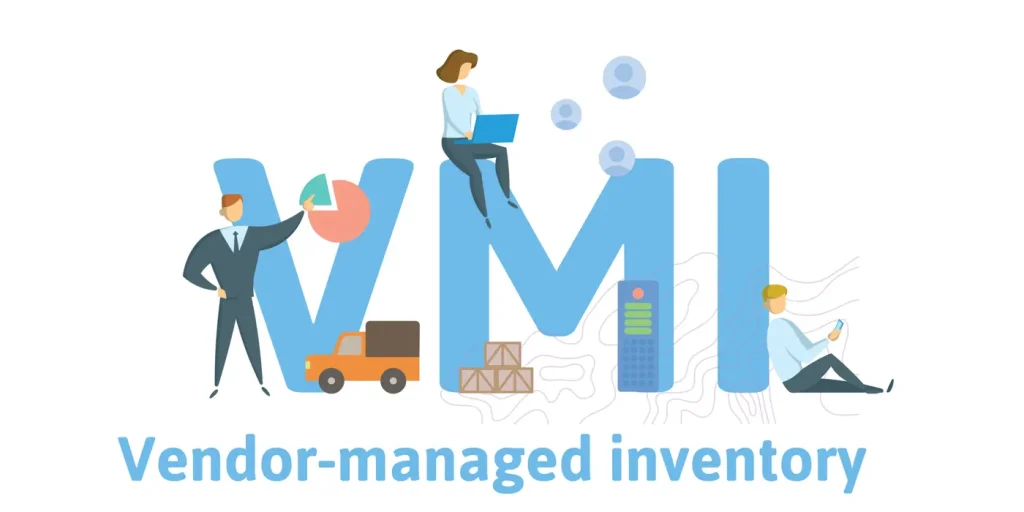What Is a Vendor Managed Inventory System?
A vendor managed inventory system is a way of letting suppliers take the reins when it comes to keeping stock levels in check. Instead of waiting for a buyer to place an order, the vendor monitors inventory levels at the retailer’s location and sends replenishments automatically. It’s like having someone refill your fridge before it’s empty—without needing to ask.
This setup works through shared data, usually connected by software. Retailers share real-time sales or inventory numbers, and vendors use that data to forecast needs, then ship goods proactively.
Why It Works Better Than the Old Way
Let’s be real—manual stock control has its flaws. It often leads to overordering, underordering, or just plain guessing. A vendor managed inventory system eliminates the guesswork. Vendors don’t just react to what’s happening—they stay ahead of it.
Retailers get the benefit of never running out of popular products, while vendors avoid last-minute rushes and can better plan production and shipping. It’s a win-win that helps both sides stay lean and efficient.
No More Stockouts or Overstock
One of the biggest headaches in retail is finding the sweet spot between too much stock and not enough. A vendor managed inventory system keeps that balance tight. Because vendors track inventory in real time, they can send more of what’s selling and hold off on what’s not.
For example, if sunscreen is flying off the shelves in July, the vendor sees it and sends more before you even notice you’re running low. On the flip side, if mittens aren’t moving, they stay put in the warehouse. No need to clog shelves with slow sellers.
Automatic Updates Mean Fewer Mistakes
When you’re handling stock manually, it’s easy for things to slip through the cracks. Whether it’s a late reorder, a miscount, or an overlooked item, these errors add up fast. A vendor managed inventory system removes that risk. Once set up, it runs automatically in the background.
That doesn’t mean no one checks it—there’s still human oversight—but the heavy lifting is handled by software. The system uses real-time data to generate updates, trigger reorders, and adjust delivery schedules, all without needing someone to punch in numbers all day.
More Time to Focus on Sales and Strategy
For small business owners and eCommerce retailers, every hour counts. If you’re spending all your time counting boxes, you’re not spending time selling. A vendor managed inventory system lets you hand off the stock-tracking part of the job so you can focus on what really matters—growth.
Think of it like outsourcing your inventory stress. The vendor handles the nuts and bolts of restocking, while you keep your eyes on sales trends, marketing plans, and new product ideas.
Better Data = Smarter Decisions
When vendors have access to your real-time inventory numbers, they can analyze patterns and predict future needs with better accuracy. That means they’re not just refilling what’s gone—they’re planning for what’s coming.
This kind of insight also helps you make smarter choices about promotions, seasonal changes, and product bundles. The vendor managed inventory system becomes a source of truth you can count on when making big business decisions.
How It Helps with International Orders
For businesses shipping across borders, a vendor managed inventory system makes things a lot smoother. Vendors can plan restocks based on local demand and shipping times, so customers in different regions aren’t left waiting.
The system can also account for customs delays or freight schedules and adjust accordingly. That means fewer missed deadlines, happier customers, and a smoother operation overall.
It Grows with Your Business
One of the best things about a vendor managed inventory system is how scalable it is. Whether you’re selling ten products or a thousand, the system adjusts without needing a total overhaul. The more you grow, the more valuable it becomes.
You’re no longer stuck reworking spreadsheets or chasing suppliers manually. Everything gets updated in real time, and the system can easily handle more SKUs, warehouses, or sales channels as you expand.
Trust and Communication Still Matter
While automation plays a big role, trust and transparency between you and your vendor are still key. A vendor managed inventory system only works when both parties commit to sharing accurate data and working from the same playbook.
Open communication ensures the system stays responsive to your needs. If you’re planning a big promotion, for example, giving your vendor a heads-up allows them to boost stock in time. Technology handles the tracking—but humans still drive the strategy.
Final Thoughts
A vendor managed inventory system offers an easier, smarter, and more reliable way to keep stock under control. It frees up time, reduces costly mistakes, and keeps products moving efficiently—all while building a better relationship between retailer and supplier.
If you’re running an eCommerce store or retail business and find yourself constantly scrambling with inventory issues, this system could be the low-stress solution you’ve been looking for. Let automation take care of the stock, so you can take care of the bigger picture.




